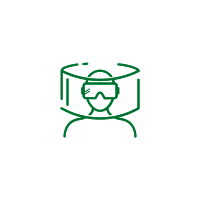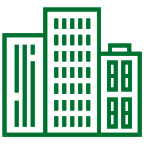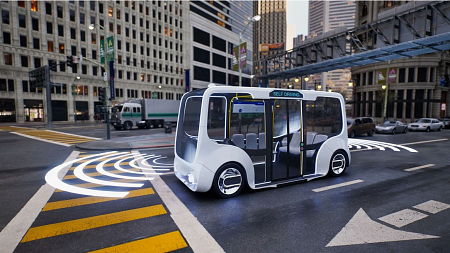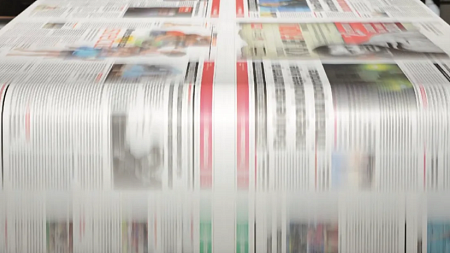
Research Centers
What starts as a simple idea can become something that transforms lives. The University of Oregon Portland is home to research centers focused on solving problems and making a difference. Faculty members from both Portland and Eugene use our campus and facilities as an expansive urban laboratory. Faculty and students collaborate across disciplines and geography to explore bid-idea initiatives with measurable impacts.
Our Research Centers

Agora Journalism Center
Part of the School of Journalism and Communication, the Agora Center is a gathering place for innovation in communication and civic engagement. Projects employ collaboration, experimentation, and public engagement to transform how journalists inform and relate to their communities.

Energy Studies in Building Laboratory
The focus of this lab – which includes a climate chamber, mirrored-box artificial skies, heliodons and wind tunnels – is to improve global health and sustainability by improving traditional design practices.

Labor Education and Research Center
This state-wide program combines teaching, research, and public services to improve the lives of Oregon workers. Research initiatives are related to employment, economic equity, diversity and inclusion, and public policy.

Oregon Reality Lab
The Oregon Reality (OR) Lab, a multidisciplinary teaching and research facility dedicated to cultivating immersive media as an ethical tool for communication innovation.

Prevention Sciences Institute - Child and Family Center
Understanding and promoting mental health and resilience in families is the focus of the center. The Child and Family Center emphasizes research on social-emotional development from infancy through adolescence.

Urbanism Next
From autonomous vehicles to the share economy, how will cities of the future look and function? Urbanism Next looks at the secondary impacts of new technology on city development, form and design and what that means for sustainability, resiliency, equity, cost and general livability.

Institute for Health in the Built Environment
With interdisciplinary expert knowledge of architecture, landscape architecture, law and business, and with the TallWood Design Institute, the Institute for Health in the Build Environment is creating and proposing solutions to issues of climate change, affordable housing, health and energy through a systematic approach.
News

UO experts help cities navigate the rise of autonomous vehicles
University of Oregon experts are bringing much-needed help to U.S. cities grappling with the testing or rollout of autonomous vehicles on their roads.

How to fix the looming crisis of local news in Oregon
The Protect Local Journalism bill would provide a path for supports local news organization.

Sustainable Fashion is a Farce Without Virtual Try-Ons
Consumers are really bad at guessing the fit of apparel on a screen, so transporting product returns generates 15 million metric tons of CO2 emissions in the US annually.
